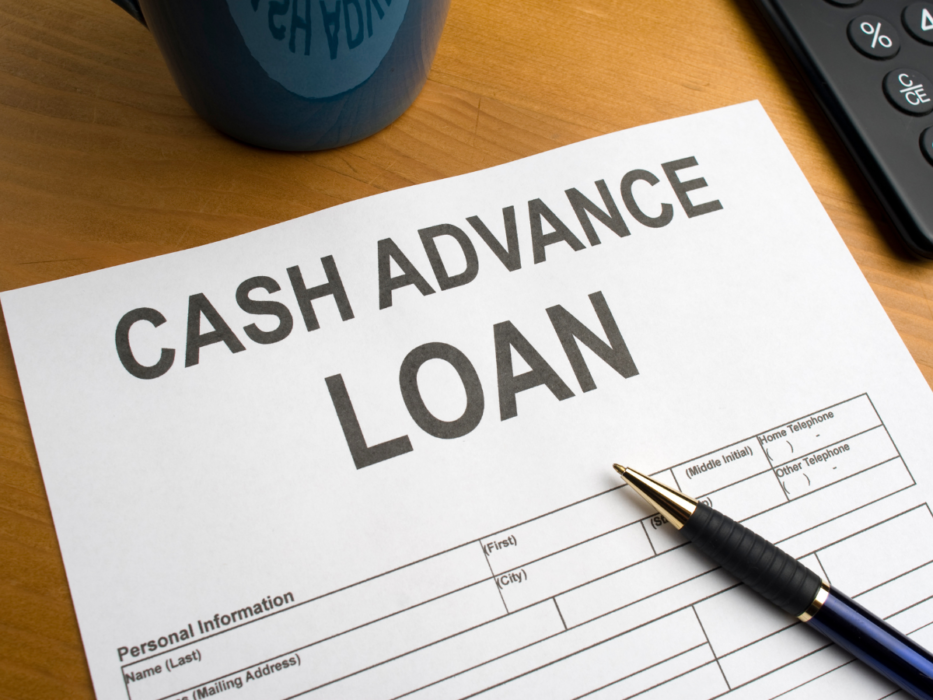The debt double bind is hitting car owners harder than anyone expected.

Car loan delinquencies are climbing at their fastest rate in years, and it’s not just inflation or higher interest rates to blame. Millions of Americans are quietly falling behind on their auto payments, caught in a financial trap that stretches back to student loan debt. For many, it’s not about irresponsibility—it’s about impossible math.
As student loan repayments resumed, budgets already stretched thin began to snap. Now, a growing number of borrowers are realizing that one missed payment can set off a financial chain reaction that’s nearly impossible to stop.
1. Rising car prices have pushed buyers to borrow more.

The average car now costs over $48,000, and that’s before taxes or interest. As a result, buyers are financing larger amounts over longer periods—often six or seven years. Even small interest rate increases turn those payments into a monthly burden that rivals rent. It’s a setup that leaves little breathing room when life expenses fluctuate.
Many borrowers entered these loans during low-rate years, never imagining how quickly costs could spiral. Once student loan payments resumed, those extra $200–$400 per month became the breaking point. What used to be manageable now feels like a trap, and for many, the car payment is the first thing to fall behind.
2. Student loan payments are crowding out other debts.

After a three-year pause, federal student loan payments returned to millions of household budgets that had already adapted without them. For borrowers juggling rent, utilities, and groceries, reintroducing another payment—often several hundred dollars a month—has thrown finances off balance. The result is a squeeze where car payments often lose priority.
Unlike student loans, missing an auto payment can lead to repossession within weeks. Yet many borrowers choose to risk it because they can’t negotiate the same flexible terms. It’s a painful trade-off: pay for education that can’t be discharged in bankruptcy, or keep the car needed to get to work.
3. Interest rate hikes are compounding financial strain.

Over the past two years, interest rates have risen dramatically, pushing car loan APRs into the double digits for many borrowers. That means anyone with less-than-perfect credit now pays hundreds more each month for the same vehicle. Add student loan payments into the mix, and suddenly even basic transportation becomes a luxury.
High rates also hit people trying to refinance. A borrower with a 4% car loan in 2021 might now face 10% or higher if they buy again. The math no longer adds up. Each increase trickles down to the working class, who are already paying the price for economic decisions they didn’t make.
4. Wages aren’t keeping up with debt obligations.

Despite headlines about a strong job market, wage growth hasn’t matched the rise in living costs. Rent, groceries, and medical expenses have all surged, but paychecks haven’t caught up. The average worker’s income increase simply doesn’t cover higher interest and principal payments on cars or student loans.
The result is an invisible squeeze. Borrowers stretch their paychecks across too many bills and end up making partial payments or skipping some entirely. Missing one month can quickly spiral into two or three, and catching up becomes nearly impossible without outside help or another loan—both of which add new stress to an already overloaded system.
5. Younger borrowers are facing the harshest fallout.

Millennials and Gen Z buyers are being hit hardest because they carry the heaviest student loan balances. Many financed their education during years of soaring tuition costs, only to graduate into a volatile job market. Add in the pressure to buy reliable transportation, and debt layers start stacking fast.
This generation also tends to have thinner credit histories, which means higher rates and smaller financial safety nets. For them, every payment missed can devastate a credit score. It’s not just about falling behind on a car—it’s about jeopardizing future housing or loan approvals. The system punishes them twice: once for trying to build a life, and again for struggling to maintain it.
6. Car repossessions are rising sharply.

Repossession rates are now approaching pre-pandemic highs, signaling deeper financial distress among borrowers. Lenders are repossessing vehicles more quickly, often after just 60 days of nonpayment. With advanced tracking technology and automated alerts, recovery companies can locate cars within hours.
Losing a car isn’t just inconvenient—it’s life-altering. Without transportation, many people can’t get to work, worsening the very debt problem that caused the issue. It becomes a vicious cycle where repossession leads to job loss, which leads to even deeper financial instability. The emotional and psychological impact can be as devastating as the financial one.
7. Longer loan terms create a false sense of affordability.

Dealers have normalized 7 and even 8-year loan terms to make expensive cars appear affordable. Lower monthly payments lure buyers into agreements they can’t sustain long-term. The problem is that extended terms mean higher total costs and greater risk of being “underwater,” where the car’s value is less than the loan balance.
Once that happens, borrowers can’t sell or refinance without losing money. Add in student loan payments, and the math collapses entirely. It’s like balancing two heavy weights on a fraying rope—one tug from inflation, and everything gives way. Affordability on paper rarely translates into financial security in reality.
8. Financial literacy gaps worsen the problem.

Many Americans simply don’t understand how interest accrues or how payment hierarchies affect credit scores. Financial literacy education is still lacking, leaving borrowers vulnerable to predatory lending and unrealistic payment plans. The car-buying process itself can be confusing, with hidden fees and unclear loan terms buried in paperwork.
Without a clear grasp of debt management, people underestimate the long-term impact of juggling car and student loans simultaneously. A missed payment here or there might seem minor, but it builds a pattern that lenders flag immediately. The lack of financial education turns what could be manageable challenges into lifelong burdens.
9. Inflation is eating into every paycheck.

Inflation has quietly eroded purchasing power, leaving less room for debt repayment even when salaries appear stable. Gas, groceries, and housing all cost significantly more than they did three years ago. For many, there’s simply no slack left after paying essentials.
When budgets tighten, discretionary bills like car loans often become casualties. Even small price increases in food or utilities can force tough decisions about which bills to prioritize. The result is a steady rise in delinquencies that has less to do with bad habits and more to do with survival math in an economy that punishes anyone without financial cushion.
10. Student debt delays major life milestones.

Car debt isn’t just about transportation—it’s often linked to larger financial goals. People weighed down by student loans are postponing homeownership, family planning, and retirement contributions. When those goals stall, car ownership becomes a more fragile necessity than an asset.
Many borrowers end up refinancing or trading in cars prematurely just to manage payments, which restarts the debt cycle. It’s a domino effect that keeps people perpetually behind, with car loans acting as one of the most visible symptoms of deeper economic imbalance. The connection between student and auto debt isn’t coincidental—it’s systemic.
11. Some borrowers are turning to risky refinancing options.

Desperate to lower monthly payments, many borrowers are turning to high-risk refinancing or title loans. These short-term fixes often come with steep fees or ballooning interest rates that make the original problem worse. The immediate relief masks long-term damage, especially for those already burdened with student debt.
Predatory lenders target borrowers in financial distress, offering “quick solutions” that rarely end well. Once you hand over your car title or extend a loan past reasonable terms, you lose leverage. It’s another way financial systems profit from people already struggling to stay afloat—and one more reason the debt crisis keeps spreading.
12. Missed payments now hit credit faster than before.

Credit agencies and lenders are reporting delinquencies more aggressively than they used to. A single missed car payment can drop your credit score by dozens of points almost immediately. That’s enough to raise future interest rates or even disqualify you from new loans entirely.
For borrowers managing both car and student debt, this creates a no-win situation. Pay one late, and the other becomes harder to afford. Once your credit dips, even small financial emergencies can push you into default territory. The system feels unforgiving—and for many Americans, it is.
